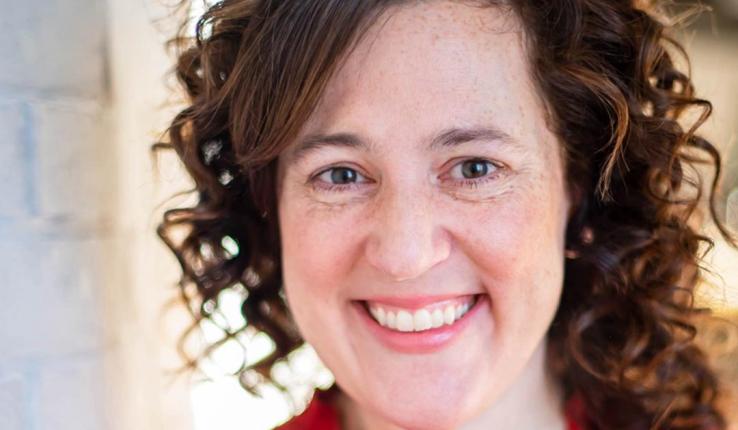Quantitative researchers, or statisticians, use these techniques to conduct large-scale analyses via studies of thousands of students to determine the effectiveness of an intervention. Van Norman hopes to harness the power of large-scale analysis for use with individual students. “So how do you extract methods to make growth defensible with the flexibility of monitoring an individual student? … How can we give teachers actionable data to determine whether they can change the intervention or keep things the same?” he asks.
Ideally, applied researchers could use the complex measurement tools available today to make such decisions. However, these tools require the ability to manipulate syntax in statistical programs—programs that many researchers might not even own or know how to use. In addition, applied researchers do not always have the capacity to recruit and intervene with thousands of students for a single study.
“There’s something to be said about statistical literacy: knowing what you’re measuring and knowing what you’re doing,” Van Norman explains. “But for some people, I would say their efforts are better used doing the interventions or doing the studies out at the schools. [Quantitative researchers] can kind of try to meet them and support them.”
Van Norman seeks a “meeting in the middle,” through which complex statistical tools are made accessible to practitioners who may not have been trained to use them. He and his colleagues at the University of Texas at Austin plan to develop a free-to-use website that calculates or measures intervention effects for single-case designs, which are studies in which the subject serves as his or her own control—in this case, an individual student or a small group of students. The team includes a “cross-section” of researchers: Van Norman, who works on both quantitative and applied research, is joined by a statistician as well as researchers who work extensively with single-case design. A three-year, $899,769 grant from the Institute of Education Sciences (IES) supports their work.
“Basically, the idea is: How can we [develop] a quantitatively rigorous measure of treatment effects without putting the burden on the applied researchers to figure out how to do it?” says Van Norman, who serves as the principal investigator of the project.





